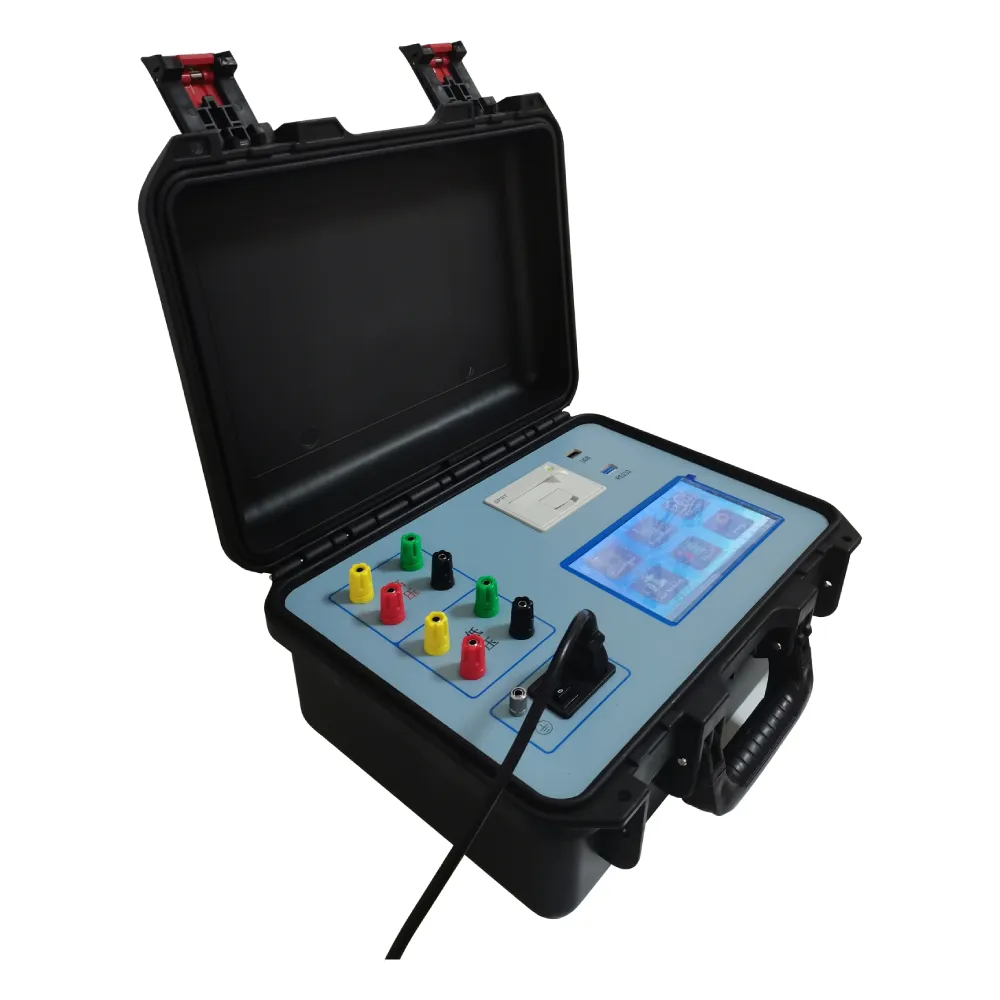 English
English



-
 Afrikaans
Afrikaans -
 Albanian
Albanian -
 Amharic
Amharic -
 Arabic
Arabic -
 Armenian
Armenian -
 Azerbaijani
Azerbaijani -
 Basque
Basque -
 Belarusian
Belarusian -
 Bengali
Bengali -
 Bosnian
Bosnian -
 Bulgarian
Bulgarian -
 Catalan
Catalan -
 Cebuano
Cebuano -
 China
China -
 China (Taiwan)
China (Taiwan) -
 Corsican
Corsican -
 Croatian
Croatian -
 Czech
Czech -
 Danish
Danish -
 Dutch
Dutch -
 English
English -
 Esperanto
Esperanto -
 Estonian
Estonian -
 Finnish
Finnish -
 French
French -
 Frisian
Frisian -
 Galician
Galician -
 Georgian
Georgian -
 German
German -
 Greek
Greek -
 Gujarati
Gujarati -
 Haitian Creole
Haitian Creole -
 hausa
hausa -
 hawaiian
hawaiian -
 Hebrew
Hebrew -
 Hindi
Hindi -
 Miao
Miao -
 Hungarian
Hungarian -
 Icelandic
Icelandic -
 igbo
igbo -
 Indonesian
Indonesian -
 irish
irish -
 Italian
Italian -
 Japanese
Japanese -
 Javanese
Javanese -
 Kannada
Kannada -
 kazakh
kazakh -
 Khmer
Khmer -
 Rwandese
Rwandese -
 Korean
Korean -
 Kurdish
Kurdish -
 Kyrgyz
Kyrgyz -
 Lao
Lao -
 Latin
Latin -
 Latvian
Latvian -
 Lithuanian
Lithuanian -
 Luxembourgish
Luxembourgish -
 Macedonian
Macedonian -
 Malgashi
Malgashi -
 Malay
Malay -
 Malayalam
Malayalam -
 Maltese
Maltese -
 Maori
Maori -
 Marathi
Marathi -
 Mongolian
Mongolian -
 Myanmar
Myanmar -
 Nepali
Nepali -
 Norwegian
Norwegian -
 Norwegian
Norwegian -
 Occitan
Occitan -
 Pashto
Pashto -
 Persian
Persian -
 Polish
Polish -
 Portuguese
Portuguese -
 Punjabi
Punjabi -
 Romanian
Romanian -
 Russian
Russian -
 Samoan
Samoan -
 Scottish Gaelic
Scottish Gaelic -
 Serbian
Serbian -
 Sesotho
Sesotho -
 Shona
Shona -
 Sindhi
Sindhi -
 Sinhala
Sinhala -
 Slovak
Slovak -
 Slovenian
Slovenian -
 Somali
Somali -
 Spanish
Spanish -
 Sundanese
Sundanese -
 Swahili
Swahili -
 Swedish
Swedish -
 Tagalog
Tagalog -
 Tajik
Tajik -
 Tamil
Tamil -
 Tatar
Tatar -
 Telugu
Telugu -
 Thai
Thai -
 Turkish
Turkish -
 Turkmen
Turkmen -
 Ukrainian
Ukrainian -
 Urdu
Urdu -
 Uighur
Uighur -
 Uzbek
Uzbek -
 Vietnamese
Vietnamese -
 Welsh
Welsh -
 Bantu
Bantu -
 Yiddish
Yiddish -
 Yoruba
Yoruba -
 Zulu
Zulu
hipot test voltage for 33kv cable
HIPOT Testing Voltage for 33kV Cable
High Voltage Insulation Testing, commonly referred to as HIPOT testing, is an essential procedure performed on electrical cables, particularly those operating at high voltage levels such as 33kV. This testing method is vital for ensuring the insulation integrity and safety of power cables. Understanding HIPOT testing, especially regarding the appropriate test voltage for 33kV cables, is crucial for electrical engineers and technicians involved in the installation and maintenance of electrical systems.
What is HIPOT Testing?
HIPOT testing involves applying a high voltage to the insulation of an electrical cable to identify any weaknesses or breakdowns in the insulation material. This test helps to ensure that the cable can safely withstand its operational voltage plus unexpected surges and transients that may occur in service. Typically, the test voltage applied is significantly higher than the cable’s rated voltage to ascertain the insulation’s capability to prevent electrical leakage or failures.
Determining the Test Voltage for 33kV Cables
For a 33kV cable, the industry-standard practice is to apply a test voltage that is typically set at 2.5 times the rated voltage. Therefore, for a 33kV cable, the HIPOT test voltage would be approximately 82.5kV. This voltage level is effective in stressing the insulation, allowing engineers to detect any potential weak points that could lead to future failures. It is essential that the test is conducted properly under specific conditions to ensure the accuracy and safety of the results.
Test Procedure
The HIPOT test on a 33kV cable generally follows these steps
1. Preparation Before testing, ensure that the cable is de-energized and that the test area is safe. Proper personal protective equipment should be worn. 2. Connections Connect the test leads to the cable. The high-voltage lead is connected to the conductor while the ground lead is connected to the cable shield or earth.
hipot test voltage for 33kv cable

3. Testing Gradually increase the voltage to the desired HIPOT level. Monitor the current flow during this period, as a rise in leakage current may indicate insulation failure.
4. Duration The typical duration for HIPOT testing ranges from 1 to 10 minutes, depending on the specific requirements and standards being followed.
5. Assessment After the test, evaluate the results. A passing test implies that the insulation can withstand the applied voltage without significant leakage current, which suggests that the insulation is intact and functional.
Importance of HIPOT Testing
Performing HIPOT testing on 33kV cables is imperative for several reasons
- Safety It reduces the risk of electrical failures that could lead to accidents, equipment damage, or loss of service. - Reliability Ensures that the cables maintain their performance over time, especially in demanding conditions. - Regulatory Compliance Many industries require compliance with safety standards that mandate insulation testing.
Conclusion
In summary, HIPOT testing is a critical procedure for ensuring the reliability and safety of 33kV cables. By applying a test voltage of approximately 82.5kV, engineers can thoroughly assess the insulation's integrity, aiding in the prevention of future electrical failures. The importance of HIPOT testing cannot be overstated, as it contributes significantly to the operational safety and efficiency of high-voltage electrical systems. Regular testing and maintenance not only comply with industry standards but also enhance the longevity of electrical infrastructure, ultimately supporting the continuous delivery of power to consumers.
-
Ensuring Transformer Reliability with High-Precision Turns Ratio TestingNewsJul.18,2025
-
Ensuring SF₆ Gas Safety: Introducing PUSH’s Integrated SF₆ Analyzer for Dew Point, Purity, and Decomposition MonitoringNewsJul.10,2025
-
Exploring the Main Types of Industrial Endoscopes and Their Applications Across IndustriesNewsJul.04,2025
-
Testing Equipment Industry Sees Major Advancements in 2025: Smart & Precision Technologies Lead the WayNewsJun.06,2025
-
Applications of Direct Current Generators in Renewable Energy SystemsNewsJun.05,2025
-
Hipot Tester Calibration and Accuracy GuidelinesNewsJun.05,2025



